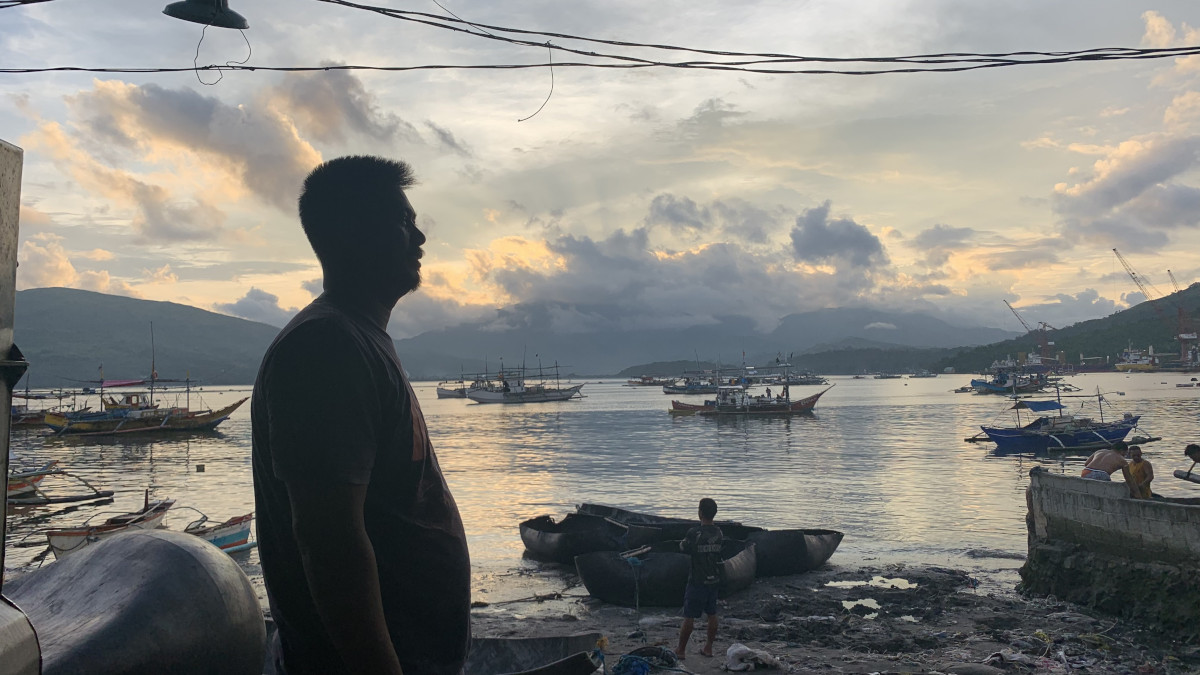
The political winds have indeed shifted.
On the same day that the China-friendly statement of this year’s chairman of the Association of Southeast Asian Nations, President Rodrigo Duterte, was released to media, Philippine and Chinese flags were seen raised on a Chinese warship, Chang Chun (DDG 150) that docked in Davao city pier.
This would have been unthinkable in the past administration.
These developments may cause some to be confused on the issues on South China Sea where we are contesting the almost all-encompassing claim of China. Vietnam, Malaysia, Brunei and Taiwanhave also overlapping claims with China in the area.
On Thursday, May 4 at 5 p.m at Turf Room of the Manila Polo Club in Makati, Senior Associate Justice Antonio T. Carpio’s E-book, “Philippine Sovereign Rights and Jurisdiction in the West Philippine Sea: The South China Sea Dispute” will be launched.
The 264-page E-book is a collation of over 140 lectures and speeches of Justice Carpio on the South China Sea dispute which he delivered in various fora in the Philippines and abroad. It’s a must reading to remind ourselves of the basic issue of the South China Sea dispute.
There is no lack of ideas of turning South China Sea from an area of contention to a zone of cooperation. In many of his speeches, Carpio has mentioned convertingSpratlys to an International Marine Peace Park.
He elaborates on it on page 224.
Excerpts :“The eggs and larvae of fish that spawn in the Spratlys are carried by currents to the coasts of China, Vietnam, Luzon, Palawan, Malaysia, Brunei, Natuna Islands, as well as the Sulu Sea. The Spratlys are the breeding ground of fish in the South China Sea.
“Of the total world annual fish catch, 12 percent comes from the South China Sea, valued at US$21.8 billion. The South China Sea has 3,365 species in 263 families of fish. The South China Sea is one of the top five most productive fishing zones in the world in terms of total annual fish catch.199 Twelve countries with two billion people border the South China Sea. A large number of the coastal population of these countries depend on fish from the South China Sea for their protein.
“To ensure that the Spratlys will remain the South China Sea’s breeding ground where fish spawn, Dr. John W. McManus has proposed that the Spratlys be declared an international marine peace park. This is a win-win solution to the territorial dispute in the Spratlys (the Arbitral Tribunal’s Award does not resolve the territorial dispute). This is particularly favorable to China which takes fifty percent (and growing) of the annual fish catch in the South China Sea.
“All claimant states shall suspend for 100 years their territorial claims and declare all LTEs and high-tide features in the Spratlys, and an area of 3 NM around each feature, as an international marine peace park for the benefit of all coastal states in the South China Sea.
“The claimant states will hold on to whatever islands or structures they now possess. Only coast guard personnel, vessels, and aircraft can be stationed in the Spratlys. The islands or structures can only be used for marine scientific research and eco-tourism.
“There is a precedent to this. The 1994 peace agreement between Israel and Jordan created the Red Sea Marine Peace Park in the Gulf of Aqaba in the Red Sea.
“Marine ecologists from China, Taiwan, the Philippines, and Vietnam support a Spratlys marine protected area: Kwang-Tsao Shao, a marine-biodiversity expert at Taiwan’s Academia Sinica in Taipei, says that at meetings that include his mainland peers, there is consensus from ecologists on both sides of the strait that the region should be set aside as a marine protected area.
“Prof. Edgardo Gomez, Philippine national scientist for marine biology, and other marine biologists at the University of the Philippines Marine Science Institute, support a marine protected area in the Spratlys.
“Professors Nguyen Chu Hoi and Vu Hai Dang, Vietnamese marine ecologists, support a marine protected area in the Spratlys.
Dr. McManus has warned that: If we don’t do this (establish a marine protected area), we are headed toward a major, major fisheries collapse in a part of the world where [that] will lead to mass starvation.”




